According to the bill, the income limit for households receiving subsidies will be abolished. The subsidy for children who are the third child or more will double compared to before, to 30,000 Yen/month (about 5 million VND). From October this year, teenagers aged 16-18 will receive a subsidy of 10,000 Yen/month. In addition, the Japanese government will increase subsidies for single parents with three or more children and low income. This is part of a plan to prevent the country's declining birth rate, according to The Japan Times.
Currently, the Japanese government subsidizes only 15,000 Yen/month (equivalent to 107 USD) for families with children under 3 years old and annual income lower than a certain level set by the government.
The Japanese government aims to generate 3 trillion yen annually to implement measures to combat the falling birthrate. Of that, more than 1 trillion yen is expected to be spent on child benefits.
Japanese Prime Minister Fumio Kishida is also considering scrapping a tax hike to boost childcare support.
The number of people turning 18, the age of majority in Japan, in 2023 was at a record low, reflecting the country's alarming decline in the birth rate.
According to statistics released by the Japanese Ministry of Internal Affairs and Communications on December 31, 2023, the country had a total of 1.06 million 18-year-olds as of January 1, 2024, down 60,000 from last year and accounting for 0.86% of Japan's total population.
This figure includes foreign residents living in Japan for more than 3 months.
These were people born in 2005, when Japan recorded its lowest birth rate on record. That record was broken in 2022.
In April 2022, Japan lowered the age of adulthood from 20 to 18 to encourage young people to participate in socio-economic activities.
Japan's adult population peaked in 1970 at 2.46 million, then gradually declined but still reached 2 million in the early 1990s, when those born in the second baby boom (1971 to 1974) came of age. Since then, the number has been steadily falling.
Minh Hoa (t/h according to VTV, Vietnam+)
Source


![[Photo] National Assembly Chairman Tran Thanh Man meets with General Secretary and President of China Xi Jinping](https://vstatic.vietnam.vn/vietnam/resource/IMAGE/2025/4/14/4e8fab54da744230b54598eff0070485)
![[Photo] Ceremony to welcome General Secretary and President of China Xi Jinping on State visit to Vietnam](https://vstatic.vietnam.vn/vietnam/resource/IMAGE/2025/4/14/5318f8c5aa8540d28a5a65b0a1f70959)
![[Photo] General Secretary To Lam holds talks with General Secretary and President of China Xi Jinping](https://vstatic.vietnam.vn/vietnam/resource/IMAGE/2025/4/14/b3d07714dc6b4831833b48e0385d75c1)


![[Photo] Prime Minister Pham Minh Chinh meets with General Secretary and President of China Xi Jinping](https://vstatic.vietnam.vn/vietnam/resource/IMAGE/2025/4/14/893f1141468a49e29fb42607a670b174)
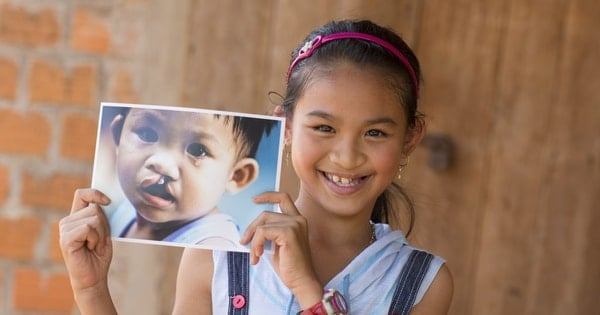



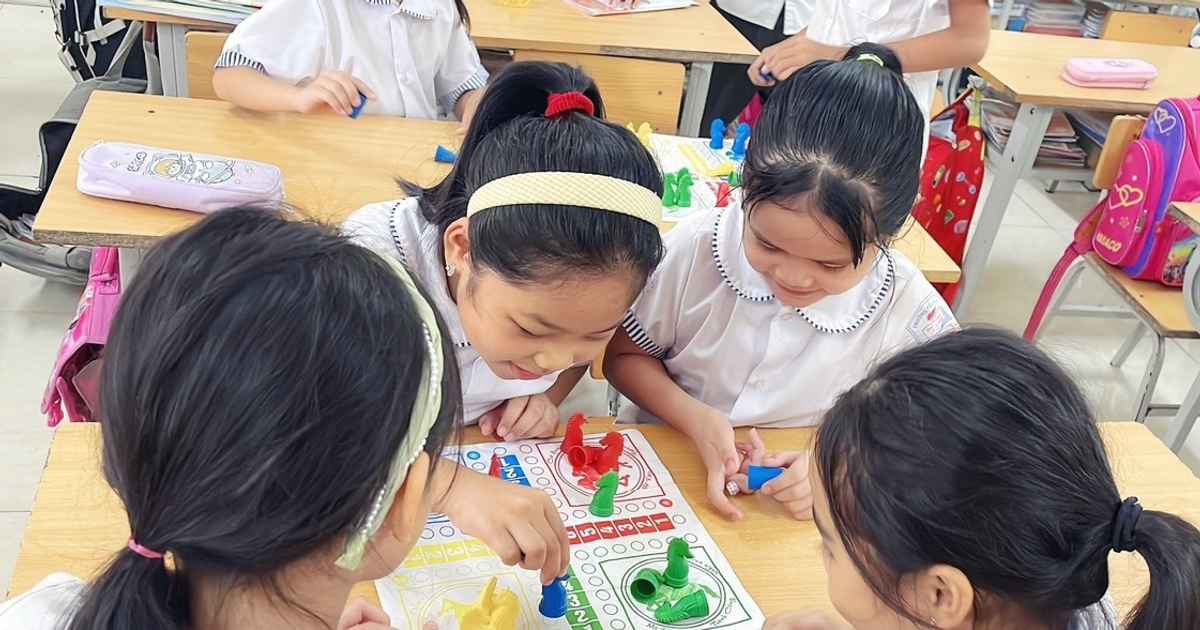





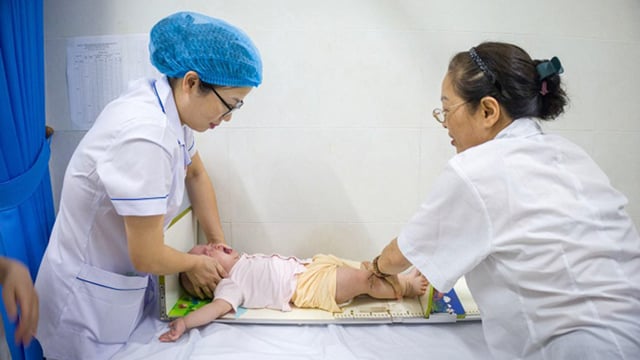










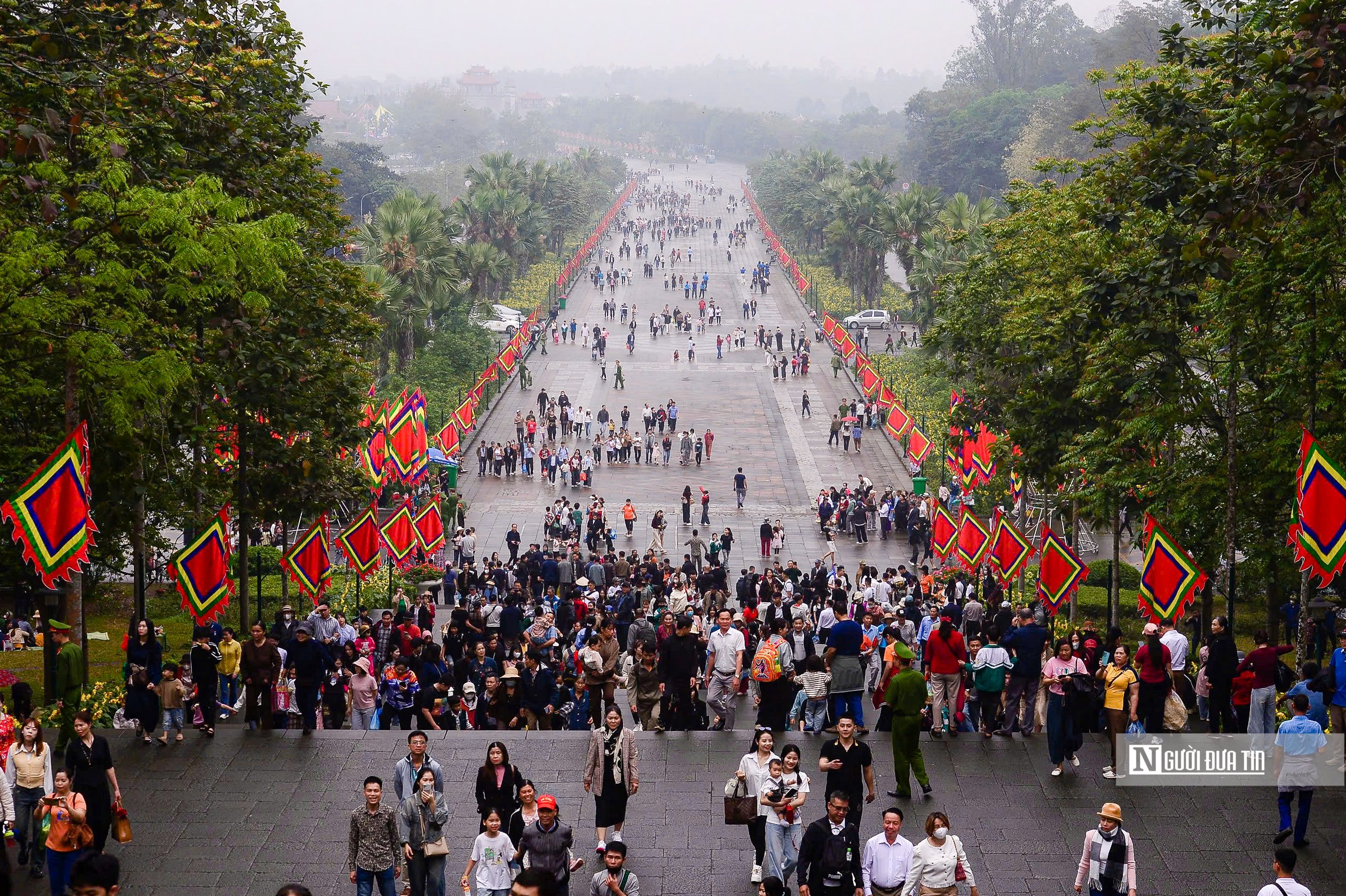


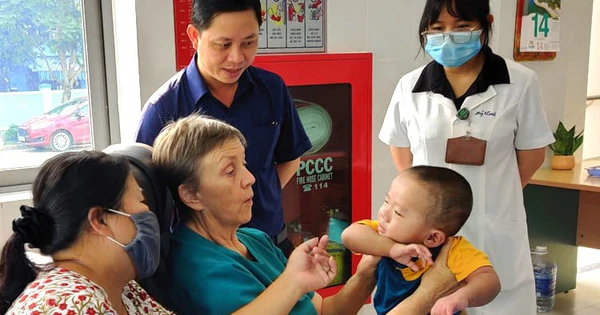











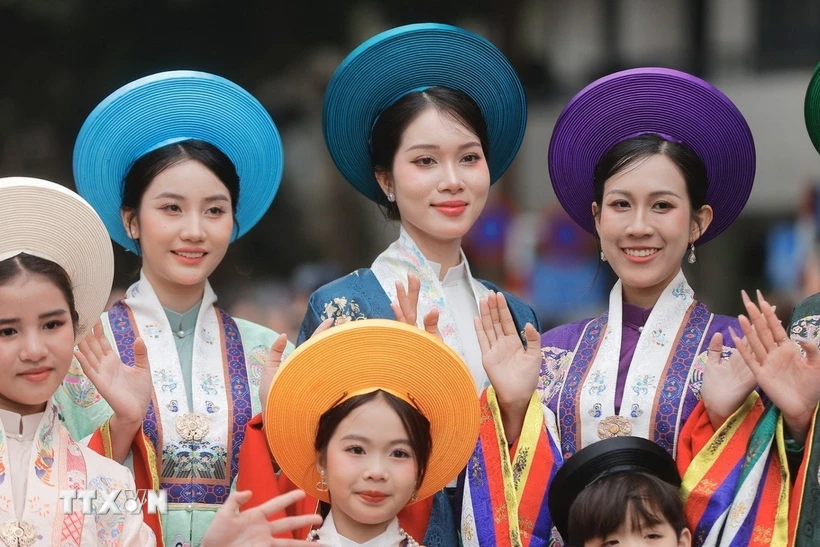





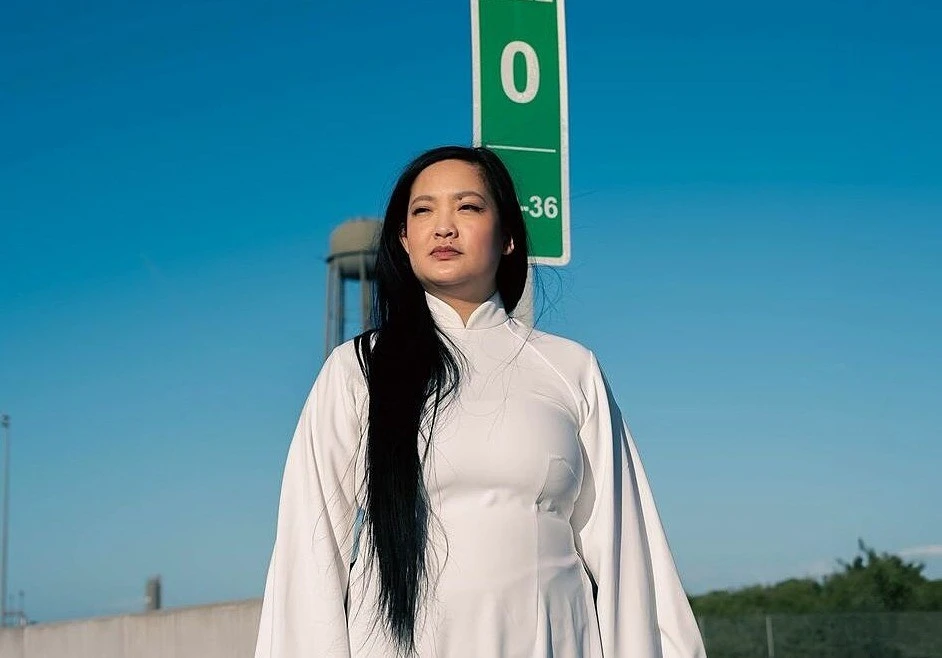
















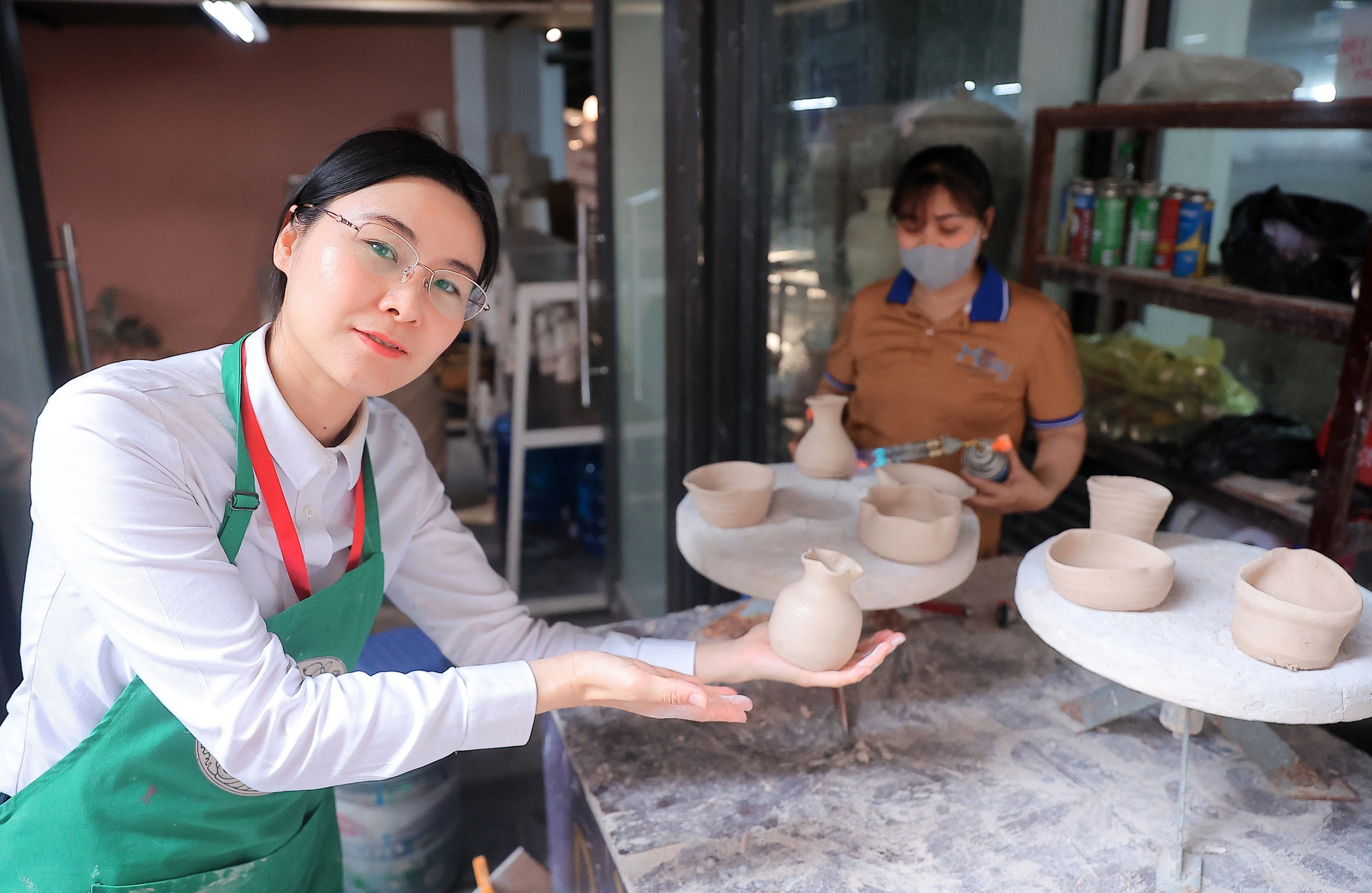


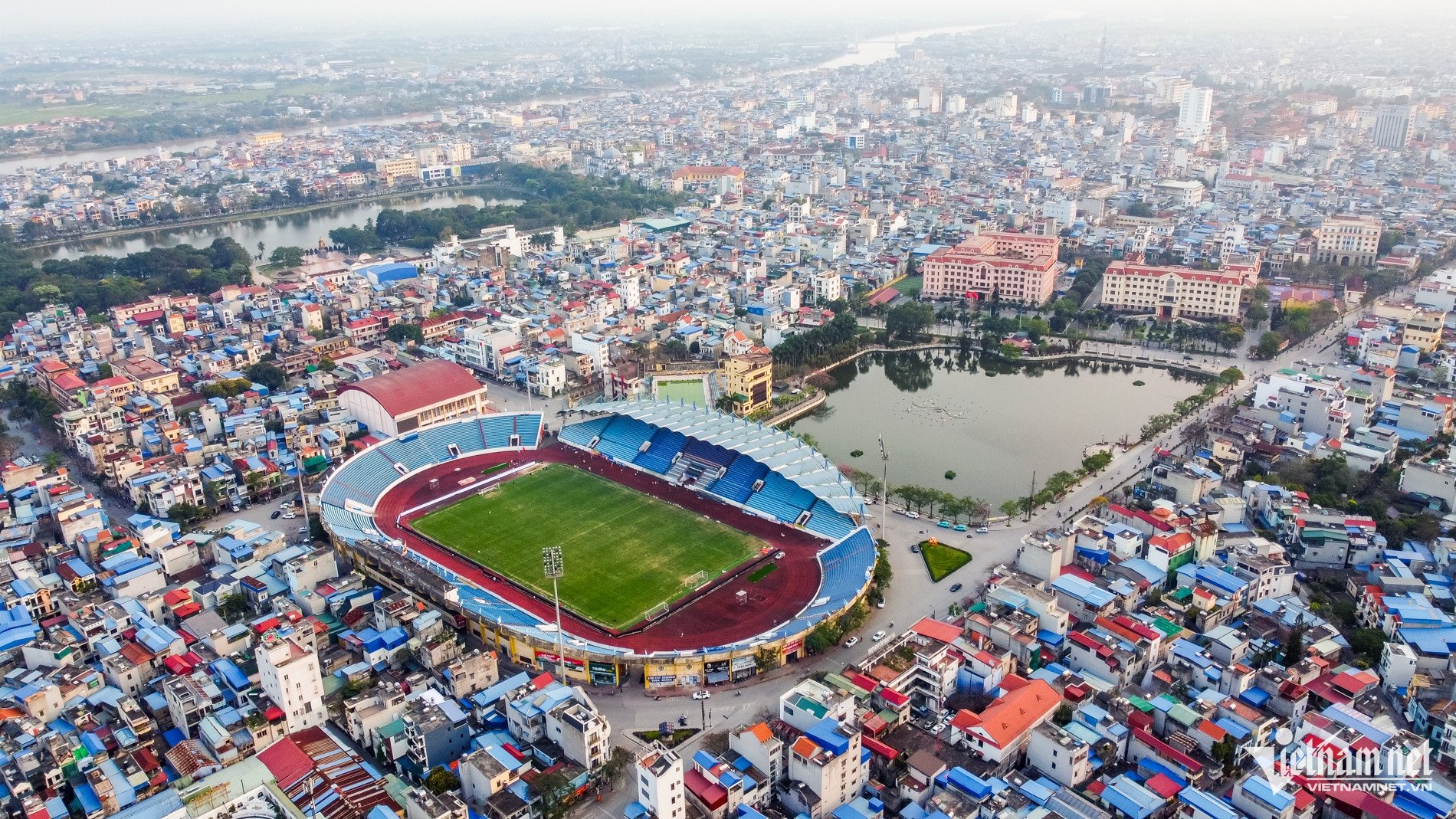
















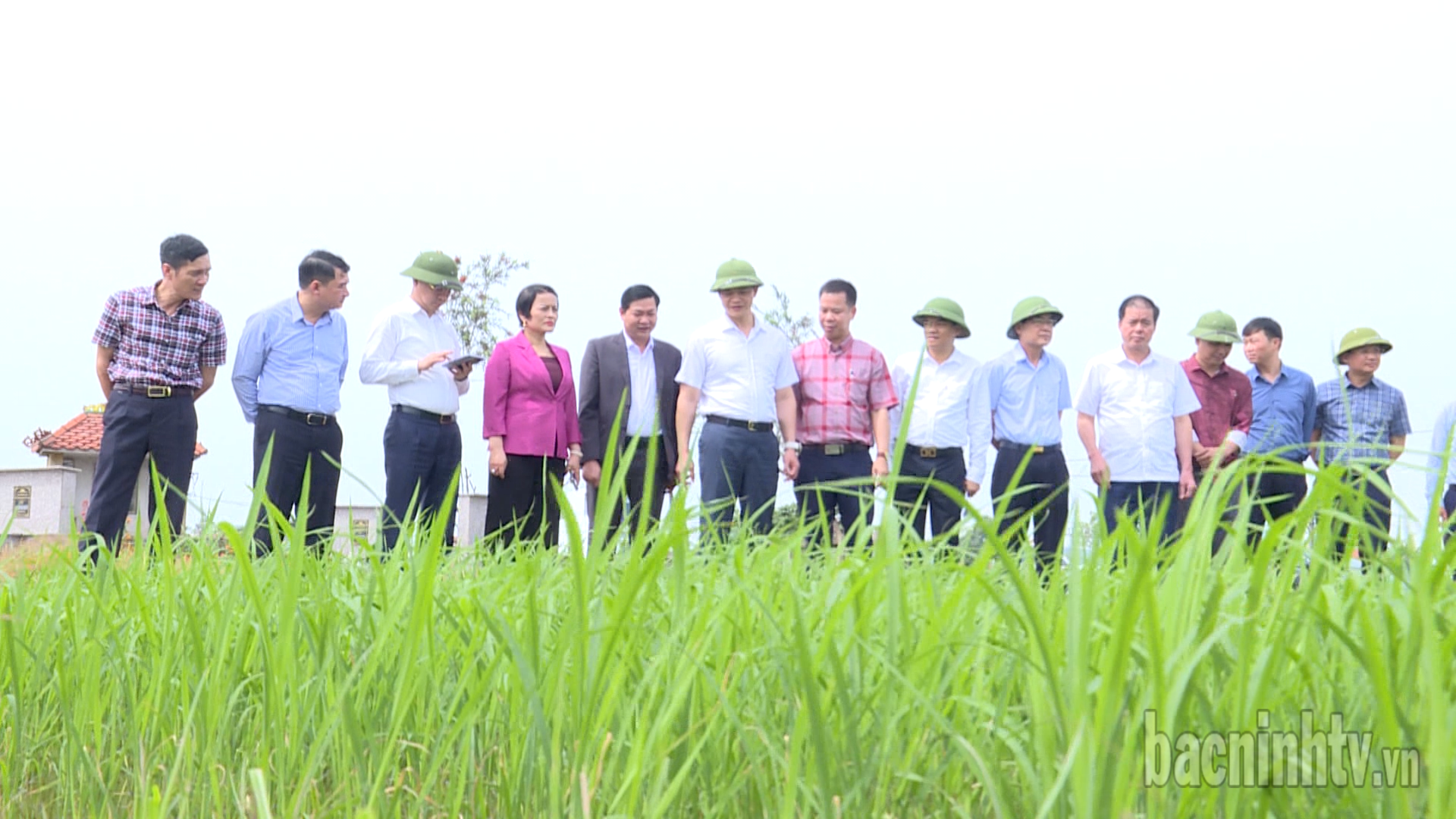


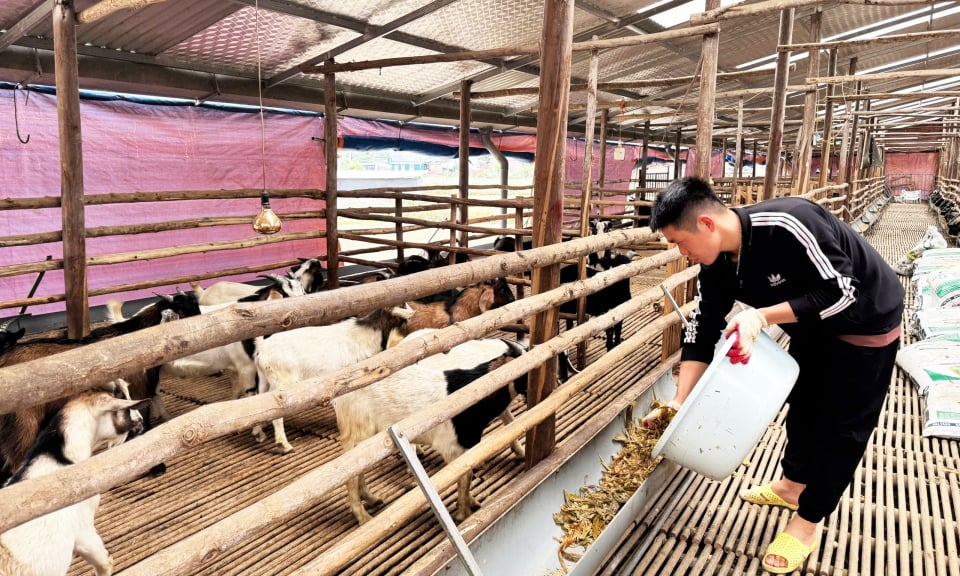



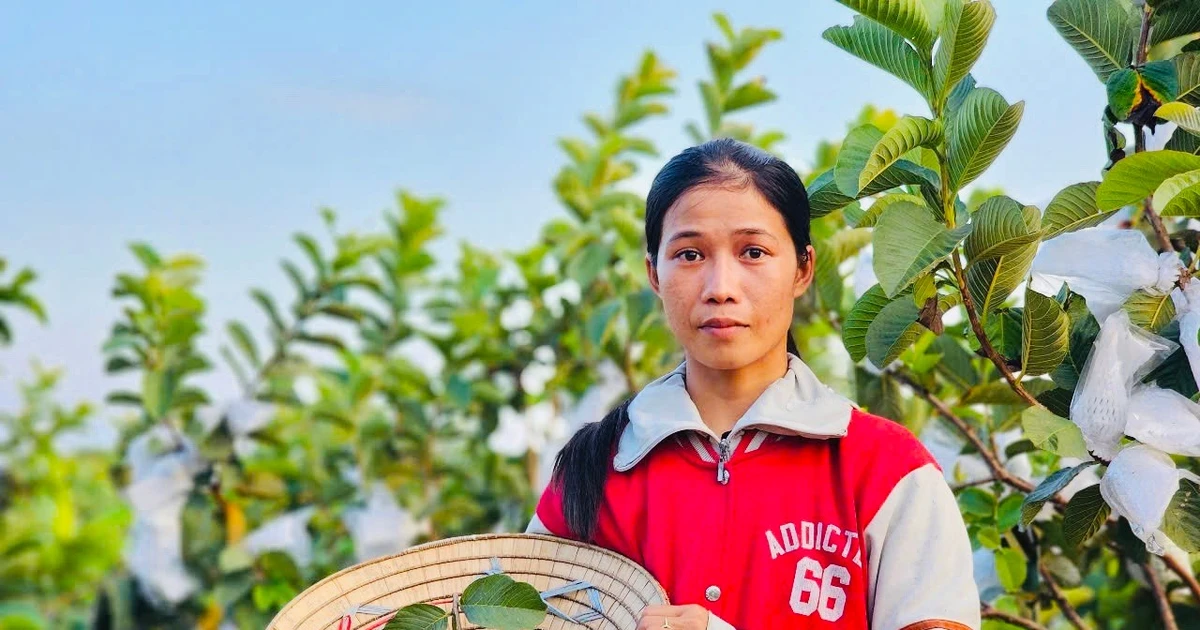





Comment (0)